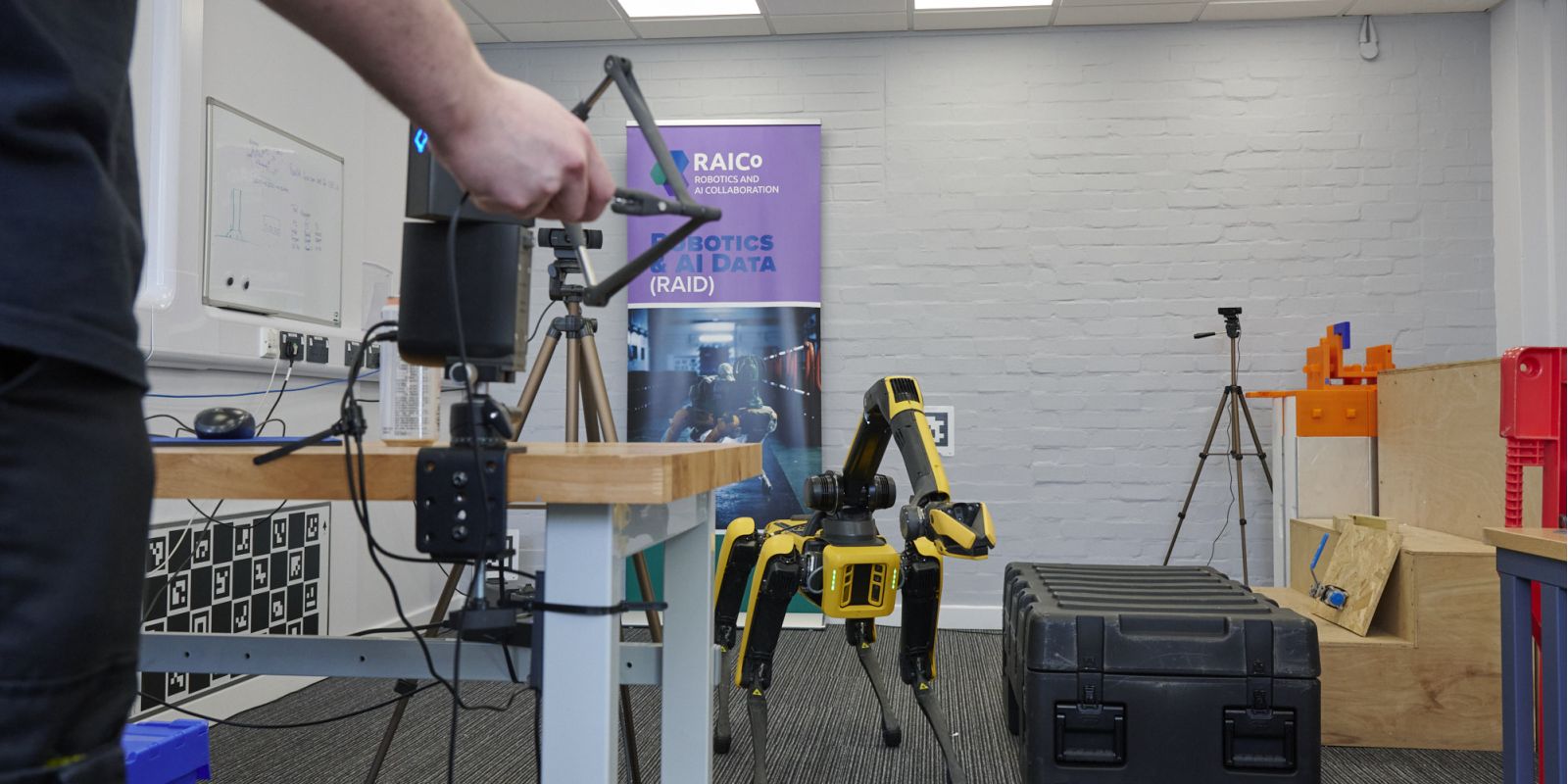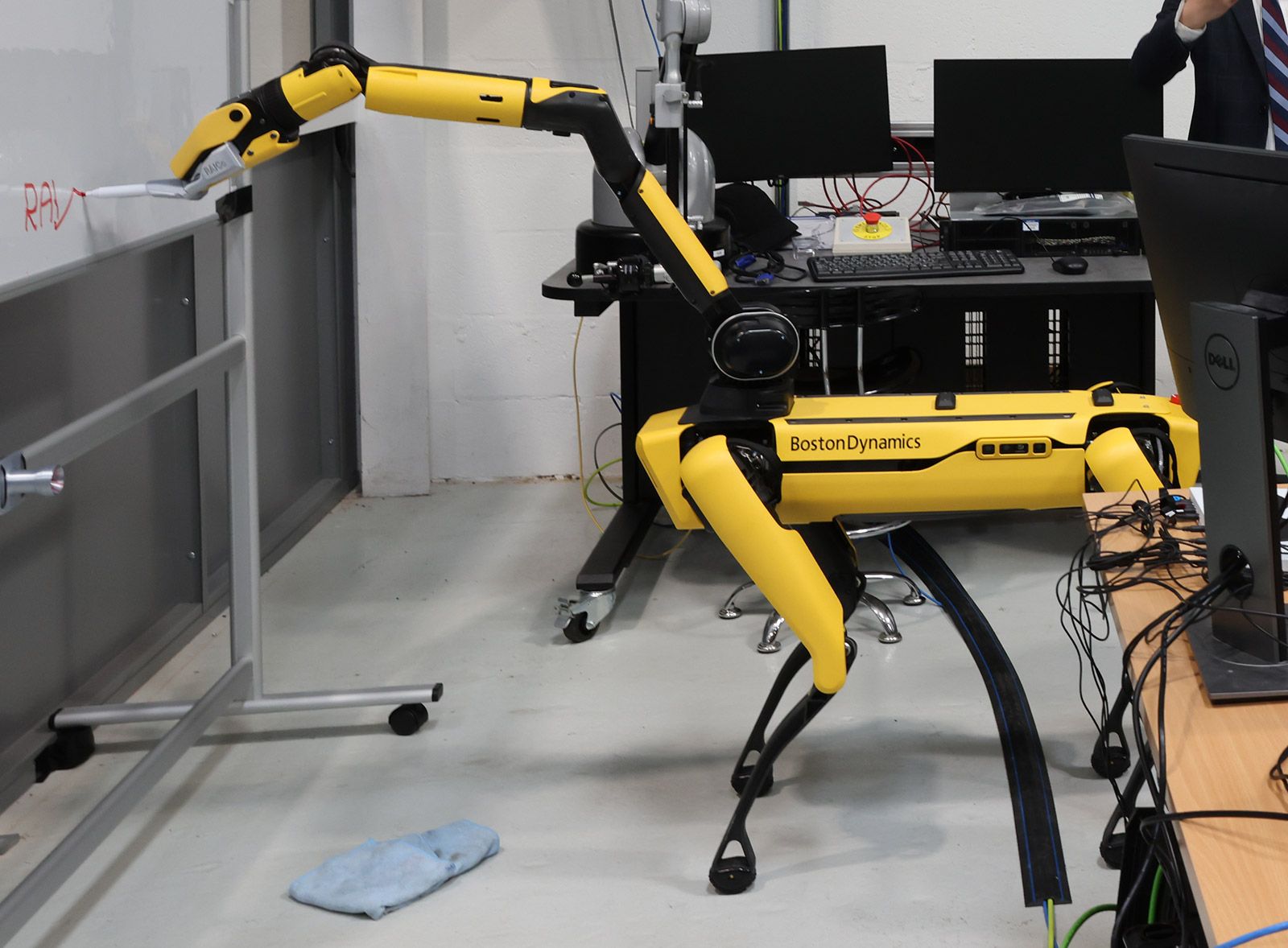Robotics and AI Data

Robotics and AI data (RAID)
The Robotics and AI data (RAID) theme aims to create an enhanced suite of digital tools for centralised data management, utilising and merging legacy data with data collected by robotic sensor platforms. Development is also being carried out on autonomous inspection utilising robotics and AI platforms and remote health physics. The technology developed as part of this theme will support planning and decision-making in fusion and fission decommissioning.
Nuclear Building Information Modelling (N-BIM)
At RAICo we have created a highly detailed Nuclear Building Information Model for areas within the following facilities:
- Joint European Torus (JET)
- Nuclear Restoration Services (NRS)
- Sellafield
Commercial off-the-shelf technology (COTS) has been utilised during Phase 1 of Nuclear BIM development, this is to show how COTS technology can be applied and developed to the nuclear industry supporting both fusion engineering and fission decommissioning. We also worked with Digital Catapult to set up the Decommissioning Data Challenge, and as part of this challenge worked with two innovative SMEs – Hybird, a company that specialises in the fast digitalisation of facilities and remote asset management to serve as single-source-of-truth for data and Geminos that creates causal models from data to understand the root-cause of expected and unexpected events.
Remote Health Physics
Across the nuclear industry there is a shortage of remote health physicists, which results in an operational impact to key decommissioning activities and fusion operations. Remote health physics capability would also remove operators from hazardous environments allowing them to carry out sampling remotely.
At RAICo we have undertaken a study to understand the effectiveness of robotic swabbing in comparison to human swabbing.
Beryllium sampling is a key aspect of Joint European Torus (JET) operations, due to the beryllium layer on the tiles within the reactor, and the health issues associated with it. The study was also carried out to support the standardisation of the process utilised for human swabbing.

Robotics and AI platforms
We are also currently developing remote health physics tooling for deployment with robotic and AI platforms.